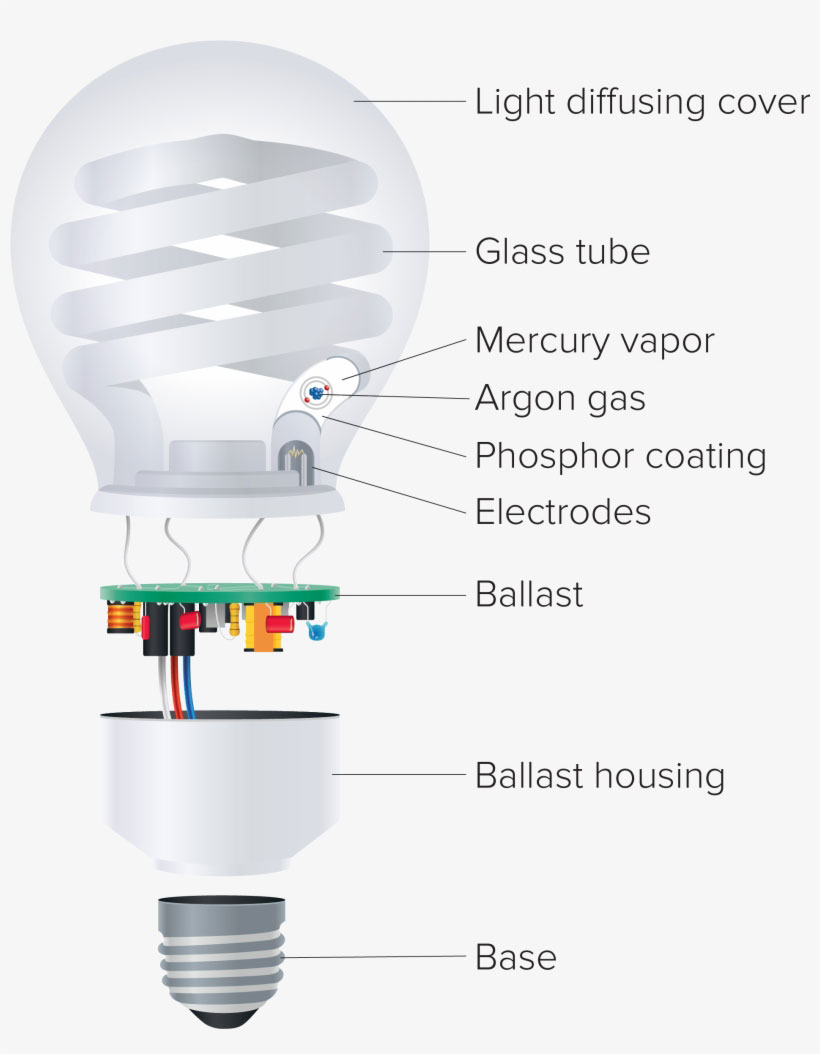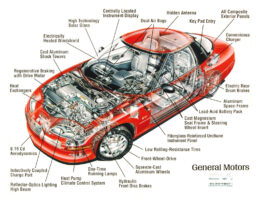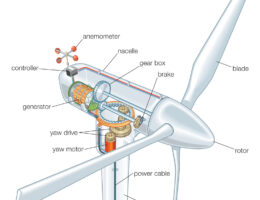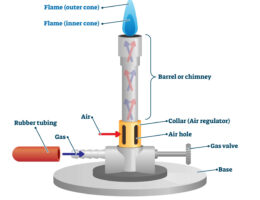- Glass bulb: The outer layer of the bulb is made of glass and contains the inner components of the bulb.
- Electrodes: Two electrodes are located at either end of the bulb and are used to initiate the electrical current that will produce light.
- Filament: A filament is located within the electrodes and is used to emit electrons when heated.
- Mercury vapor: The inside of the bulb contains mercury vapor, which is used to produce ultraviolet light when an electrical current is passed through it.
- Phosphor coating: The inside of the bulb is coated with phosphor, which converts the ultraviolet light into visible light.
- Ballast: The ballast is a device that regulates the electrical current flowing through the bulb.
- Starter: The starter is a small device that helps to initiate the electrical current when the bulb is first turned on.
Overall, a fluorescent light bulb works by passing an electric current through mercury vapor inside the bulb, which produces ultraviolet light. This ultraviolet light then causes the phosphor coating on the inside of the bulb to emit visible light.



